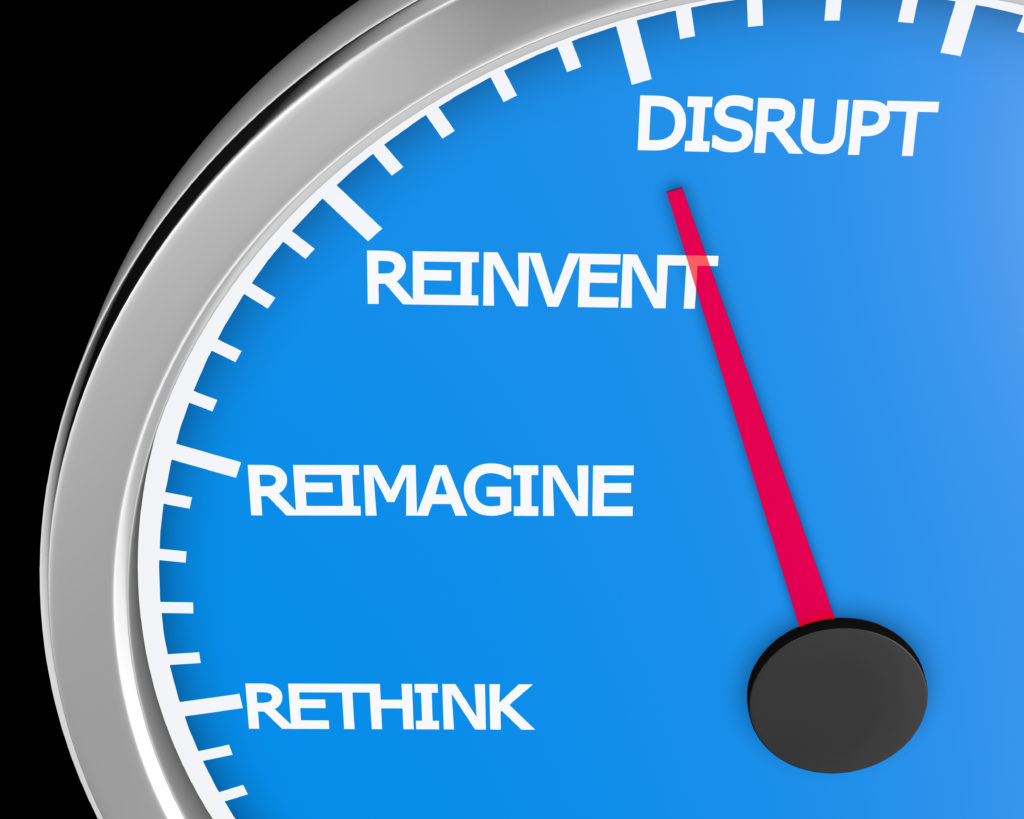
There are many trends changing the way economic developers practice. They are changing the way we market a community, develop product, create policy, and measure results. We’ve been talking about trends with our clients, EDOs, and local governments. We summarize some of the trends here, what they are leading us to think about, and how they are changing our work. We’ll dive deeper into some of these trends in blogs over the next few months.
- The Silver Tsunami has more far-reaching impacts than just the current labor shortage. Think about the changing of the leadership guard in your community. Who will lead the hospital, library, and United Way boards? Who will run for local elected offices? A renewed focus on leadership development programs and young professional networks are needed. Our Creative Give Back Project in 2018 was re-energizing the Blacksburg Young Professionals Network. Find out how here.
- Another impact of the Silver Tsunami is the 12 million businesses owned by baby boomers nationally. It is estimated that about 5 million boomers will pass the business on to family or employees. Will the other 7 million find buyers or close? See our recent blog on succession planning for your BRE program.
- If you believe some of the data on freelancers, over 50% of workers will be engaged in the gig economy, either as primary or secondary work. It is redefining employment. That means changing work spaces, changing networks and connections, and greater importance on telecommunications. It also means a new look at healthcare and its relationship to employment. Here’s an article on the basics of gig economy workers.
- Equity and inclusion is a hot topic. When’s the last time you asked, “Who is benefiting from our economic development policies?” Communities are rethinking engagement to ensure all voices are heard and rethinking policies to ensure everyone is benefiting. The NC State University Re-CONNECT NC initiative is right on track by encouraging more civic engagement. The next time you hold a meeting, spend time thinking about the venue. Where you meet determines who shows up.
- Housing is an across-the-board hot topic. In some places it’s workforce housing, in others it is market-rate young professional housing, and in other markets it is senior housing. Communities are completing housing studies, making public investments that developers can leverage, and marketing to developers. With the cost of construction materials high, a shallow subcontractor market, and tighter lending than before the recession, we’re not seeing developers race to address the shortage in most markets. This article ties affordable housing to many economic issues we’re following.
- We’re concerned about healthcare in small places and rural places. 21% of rural hospitals are at high risk of closure nationally (Modern Health). What company will want to locate in an area without access to healthcare? What family will want to move to a town with poor access to healthcare? EDOs are getting more involved in advocating for healthcare policies that support access to care, especially in underserved and at risk areas.
- We’ve long thought that investment and jobs are not true measures of the positive impact of economic development. We’re glad to see a trend toward measuring community “well-being.” Job creation could be low-quality and only benefit a select skill set. However, measuring income, income stability, education outcomes, health, civic engagement, conditions of housing, etc. shows a holistic view of how well the community is doing. By the way, don’t confuse metrics for your program, your organization, and your community. Metrics for your program may include project information. Metrics for your organization may include stakeholder satisfaction scores. Consider measuring the well-being of the community as an indicator of all-around progress. Our next blog will be on the difference between program, organizational, and community metrics. In the meantime, check out this article on measuring what matters.
- We’re following economic data to monitor the potential economic slowdown in 2020. Presidential election years typically slow business decision-making. Add international trade uncertainty, the “emerging geo muddle” (a Ted Abernathy coined term), labor shortage, and slowing ED pipelines and you have the right mix for a recession. We recommend placing more attention on the BRE program as the economy starts to slow.
Factor these disruptive trends, and others you are following, into your next planning retreat. They should change what you talk about it your retreat and will impact how you carry out your economic development program.